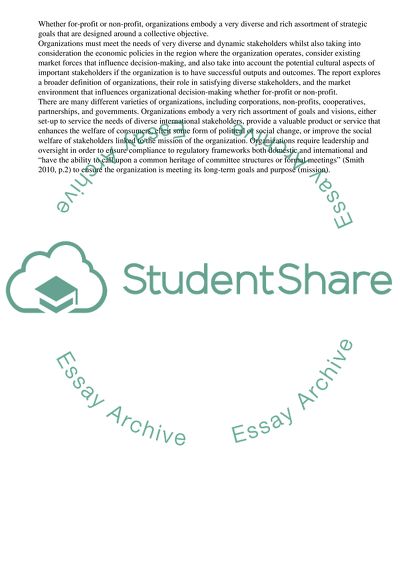Cite this document
(“Business Environments Assignment Example | Topics and Well Written Essays - 2500 words”, n.d.)
Business Environments Assignment Example | Topics and Well Written Essays - 2500 words. Retrieved from https://studentshare.org/business/1490303-business-environments
Business Environments Assignment Example | Topics and Well Written Essays - 2500 words. Retrieved from https://studentshare.org/business/1490303-business-environments
(Business Environments Assignment Example | Topics and Well Written Essays - 2500 Words)
Business Environments Assignment Example | Topics and Well Written Essays - 2500 Words. https://studentshare.org/business/1490303-business-environments.
Business Environments Assignment Example | Topics and Well Written Essays - 2500 Words. https://studentshare.org/business/1490303-business-environments.
“Business Environments Assignment Example | Topics and Well Written Essays - 2500 Words”, n.d. https://studentshare.org/business/1490303-business-environments.


